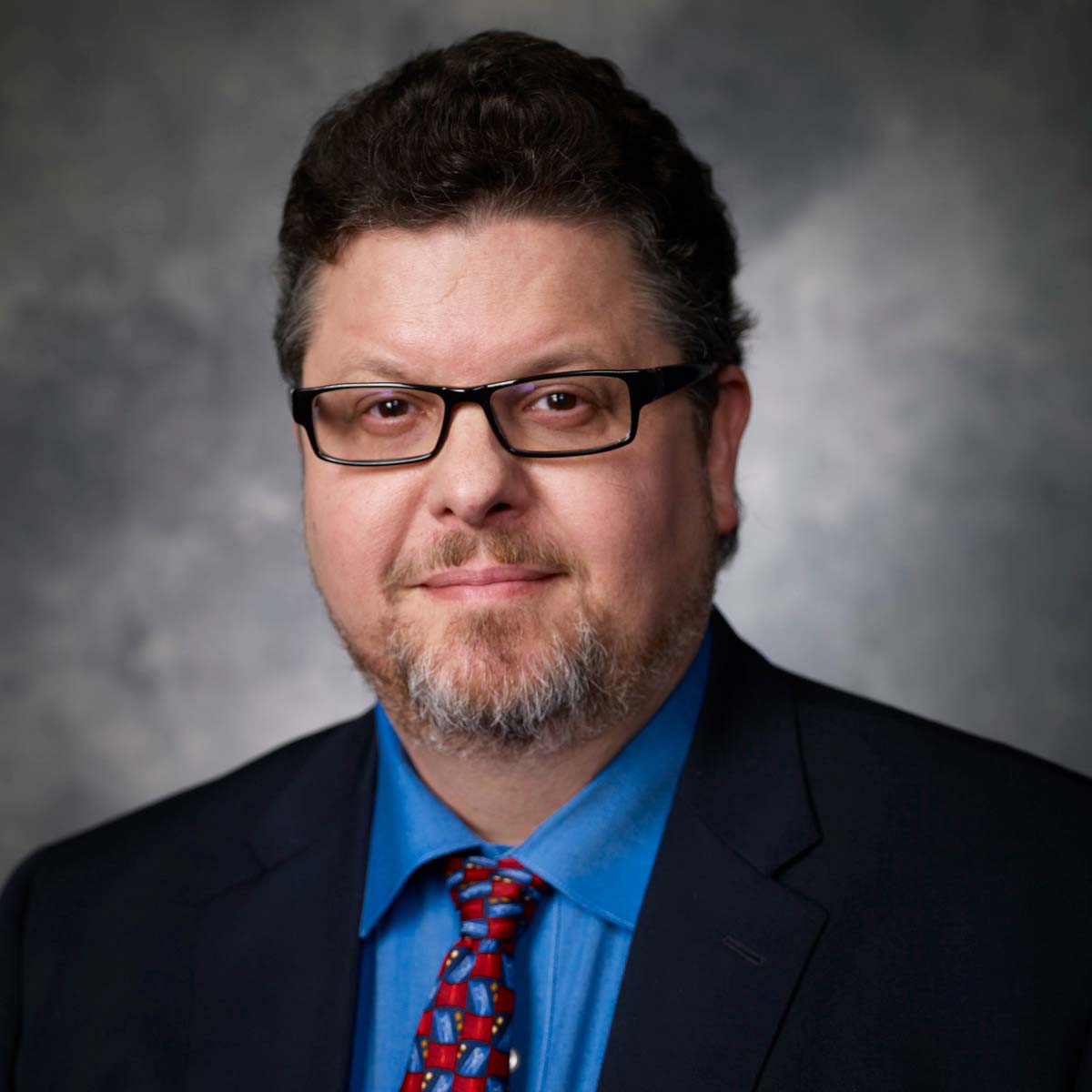Dr. Robert (Bob) Wallace
- Professor of Materials Science and Engineering
- Jonsson School Distinguished Chair

Wallace has filled this chair since September 2011. It was established anonymously in August 2011 to support the research and scholarly activities of a faculty member to benefit the Erik Jonsson School of Engineering and Computer Science.
“There is nothing like being engaged with young people in the field. They’re great at pushing boundaries and questioning what’s accepted. That’s when you’ll find new discoveries.”
Wallace earned his bachelor’s, master’s, and doctoral degrees in physics from the University of Pittsburgh. As an undergraduate, he learned to analyze materials using ion-beam accelerators. As a postdoctoral researcher, he developed a passion for studying the chemistry of the surfaces and interfaces of semiconductors.
In 1990, he joined Texas Instruments and worked his way up to manage a team of 15 professionals focused on advanced device concepts and material integration issues. The projects he worked on at TI included the digital light processor technology currently used in projection television and movie theater displays.
“A lot of products and materials we use rely on how surfaces react to each other, so controlling that interaction influences the properties they present and how we can use them.” During this time he turned his attention from larger surfaces to the nanoworld – understanding how to build transistors to make them smaller and faster.
“The whole idea of semiconductors is to try to minimize power consumption, whether it’s for a cellphone or laptop to the giant servers that store information and need to be in a power-hungry climate-controlled environment. Smaller transistors with novel materials could mean higher- performance, lower power technologies, potentially saving substantial amounts of energy at both ends.”
Wallace, a fellow of The Institute of Electrical and Electronics Engineers, holds more than 70 U.S. and international patents. A review he co-authored on insulators for transistors – including hafnium – has been recognized by industry and academic journals as one of the most influential publications in the field.
He came to UT Dallas in 2003 to join the Erik Jonsson School of Engineering and Computer Science and start the materials science and engineering program. “Materials science takes the fundamentals we already know in nanotechnology and applies them to more complex things like biological systems, cells, or DNA – that is very exciting.”
In his spare time, Wallace enjoys military history, gourmet cooking and repairing antique radios.